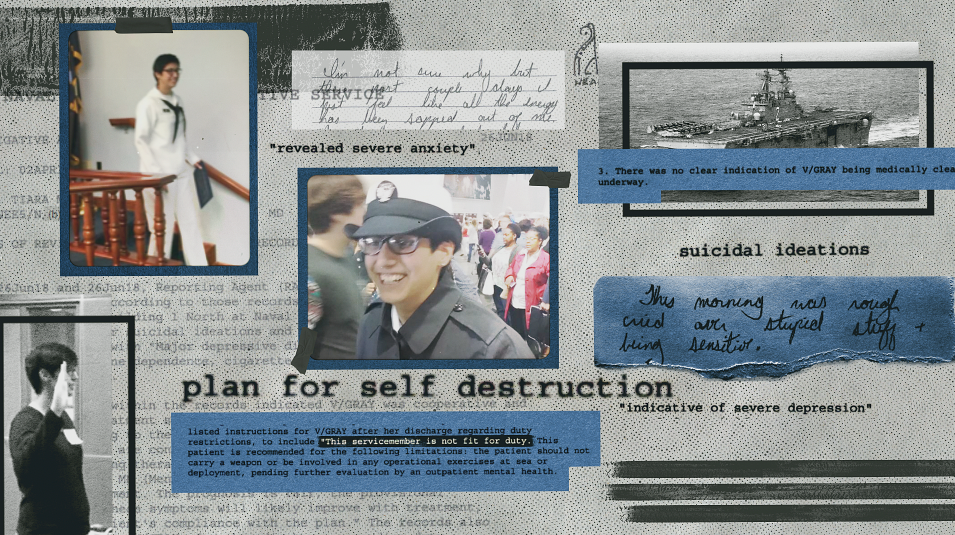A La Jolla High School student is still unable to return to class after suffering a brain injury that may have happened during a football game, NBC 7’s media partner the Voice of San Diego reports.
The 17-year-old suffered a concussion during a game three months ago, but he stayed on the field, despite telling a junior varsity assistant football coach that he was hurt, his father said. The player ended up vomiting on the sidelines - sign of head injury.
The student is receiving treatment, but he has not been back to school for a full day since. His father told the VOSD his son experiences searing headaches reading more than three lines of text. The teen must cover his eyes on a bright day.
The assistant coach involved, Steven Wachs, was suspended after the incident, but he disputes the story, saying no one told him the boy was injured.
The LJHS student’s plight is an example of the problem lying before millions of parents: should they put their kids in sports and run the risk of brain injury?
The Agency for Student Health Research, a San Diego-based company, hopes to add some data to the decision by identifying the biggest concussion culprits and what’s being done.
Local
“Number one is football,” said the group’s founder Charlie Wund. “But the number two sport is cheerleading.”
His software InjureFree tracks injuries at hundreds of schools around the U.S. and three other countries. The program is being used by dozens of local schools, but San Diego Unified, the largest district, has declined to take part.
Wund released sample data to NBC 7, showing concussions from eight schools in San Diego County. Close to half the 162 concussions came from the football field.
But take away football, and Wund said on a national level, they’re seeing more concussions in female athletes. The reason is not exactly known.
“There is debate out there now, that the neck strength is less, therefore causing more whiplash,” said Wund.
The local data shows girls are less likely to return to play after a concussion – not necessarily the case with boys like the LJHS student.
"Unfortunately, we have reports of concussions or suspected head injuries that the student has gone back in that same day,” said Wund.
So what can schools do? First and foremost, Wund recommends keeping an athletic trainer on the field.
The measure is currently mandated in 49 states – every state but California. The state also does not require schools to track injuries, and Wund has made it his mission to change that.
"We are very much believers that this is the start to better understand what issues are in place and how do we solve those problems," said Wund.
This year, a new California law takes effect that will limit the amount of contact allowed per week in practices for high school sports.
Ed. Note: An earlier version of the article incorrectly identified Agency for Student Health Research as a non-profit organization. We regret the error.



